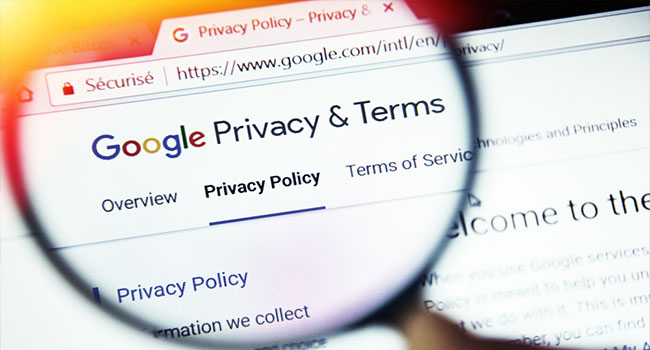In this celebration of learning post, I will discuss how I achieved the course goals, detailed below:
Examine the application of social media to support learning
The Major Project was what really helped me to look at social media and how it can support learning. My group chose to focus on Discord, but I also loved reading the other groups’ projects, which enlightened me even more regarding how social media can support learning. I thought that the TikTok group’s major project (found here) was especially interesting, as I have seen many educational videos on that platform. In my view, the effectiveness of social media to support learning depends heavily on how it is used. For example, we found that while Discord is not primarily a learning platform, if you join the right channels (especially for language learning!) it can be an excellent learning tool.
Explain personalized learning and its relation to learning theory
The Siemens article on Connectivism (found here) was the most helpful for me in terms of understanding personalized learning and how it relates to learning theory. Learning theory explains how people process and retain knowledge. Learning needs to be personalized and suited to each individual, because we all learn differently. What works for one person may not work for another, and it is important that different learning styles are accounted for.
Recognize that the Internet is not a neutral or equal space for everyone
This is something I feel that I already knew, though the course helped me expand on it. Not everyone has access to high speed Internet, and in some countries certain websites are completely banned. The Internet is also a difficult space for people who use screen readers. My group looked at Discord, and we found that it is not very accessible for those who use screen readers. Further, there is ampliganda, which I discussed in my 5th Wow and Wonder, and it can also be found in this article. This is where perception is shaped through amplification, and can make the internet an unequal space for those who exist in online spaces where there is a high volume of ampliganda.
Apply social media to develop a personal learning network in support of your personal and/or professional development
I was able to create a PLN with my group members Ruth, Leo, and Michelle. We did this using Discord, Google Docs, and Facebook. Throughout the course of the semester, we were able to discuss and exchange ideas, which helped amplify our learning. This helped my personal and professional development because it opened my mind to other ideas and points of view. If I had only considered my own views on the articles and topics covered, I would have missed out on some really good points. I believe that self-development cannot exist in a vacuum, and needs collaboration with others to occur.
Identify privacy issues and practice online behaviours that are legal, safe, consensual, and ethical
Learning about ampliganda helped me with this, as I believe that spreading it is unethical. Spreading any form of misinformation online is unethical, and I think that I have the responsibility to inform myself about things before I post about them. Further, in the major project, I was tasked with researching Discord’s privacy policy and diversity/inclusion principles. This helped me to recognize issues with privacy and ethics online. Further, in my Showcase Post, I discussed Danah Boyd’s article on networked privacy. This pushed me to consider my privacy and how much of my information may be floating around out there online.
Recognize data ownership and licensing (Creative Commons, Copyright, Fair Dealing, and Public Domain) as a core practice when creating, sharing, or using resources online
Data ownership is key in this regard because you do not want to plagiarize and steal other people’s intellectual property. We have to be very careful when sharing, creating, and using online resources that we are properly citing and not presenting others’ ideas as our own. I knew the importance of this before, but this class helped me to recognize its importance further.
Practice digital, networked, and open literacies in support of learning about social media and personalized learning
Throughout this course, I gained literacy in all of the above areas in doing the readings and watching the videos. Engaging with the course material helped me to ensure that I improved my digital, networked, and open literacies. As my learning pod group member Ruth discussed in this blog post, participating in networks allows us to connect with others who share our interests or are in our professions. Networked literacy is important to ensure that we have those social connections and are exposed to differing points of view.
This was an excellent class and while I enjoyed it, I am happy to be done! This is my last semester at UVic and I have really enjoyed my time here.

Recent Comments